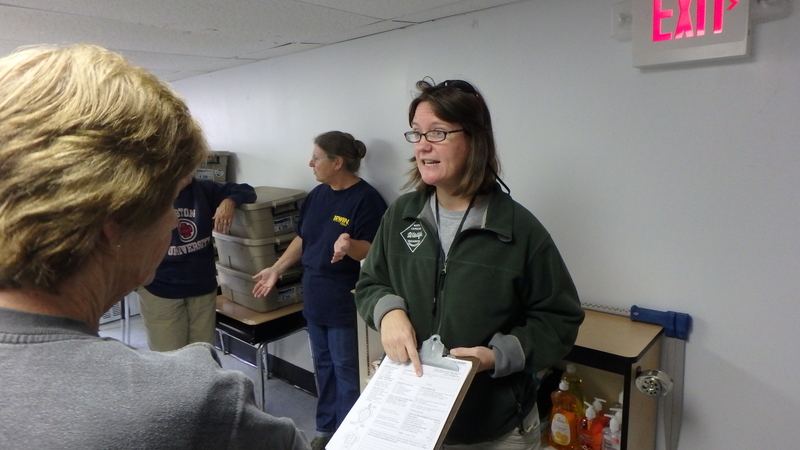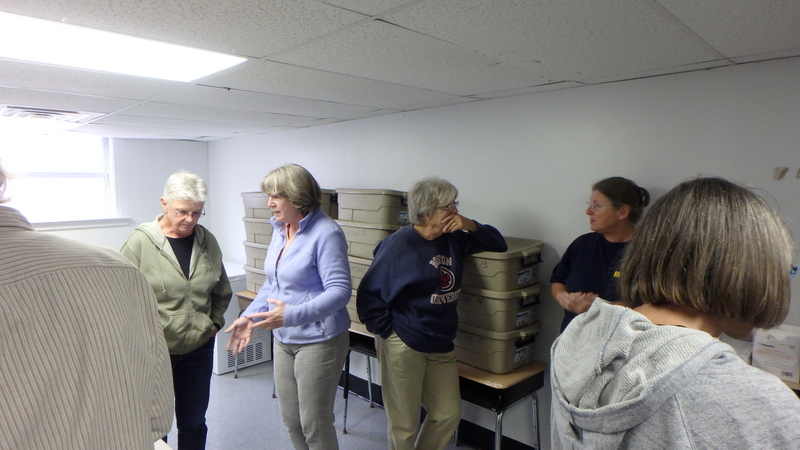December is rapidly coming to a close and with the warm weather we have recently been having it is harder to imagine one of the greatest threats to sea turtles is cold weather. As colder temperatures arrive and the water temperature gets in the lower fifty’s (F) or below, the sea turtles who decided to stay in the area become cold stunned. If a sea turtle becomes cold stunned there is little chance of survival without assistance.
In an effort to expedite the immediate needs and improve transport of cold stunned sea turtles a group of dedicated first responders for cold stunned sea turtles on Hatteras Island met with the North Carolina Wildlife Resource Commission (NCWRC) personnel, the National Park Service (NPS) resource management team, North Carolina Aquarium Roanoke Island Sea Turtle Assistance Rehabilitation (STAR) group and members of the Network For Endangered Sea Turtles (NEST).
The results of the combined efforts of those groups produced an organized procedure for handling cold stunned sea turtles and a facility thanks to the partnership with Cape Hatteras Secondary School. The facility provides an area for early assessment, preliminary treatment, necessary paperwork recording area and a central point for transport to the STAR center for rehabilitation. With these efforts in place, the organizations are optimistic they can maximize patrol and rescue efforts for the cold stun turtles.
Recently members of those groups met at the Staging Site to complete final set-up and organization of procedures and necessary response materials.
The Buxton Staging Area on Hatteras Island is now at the ready for cold stunned sea turtles.






